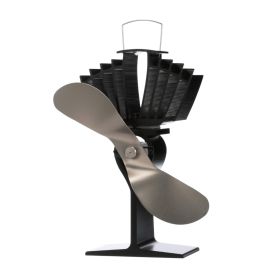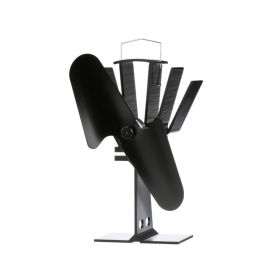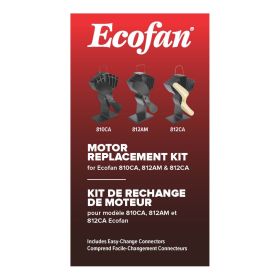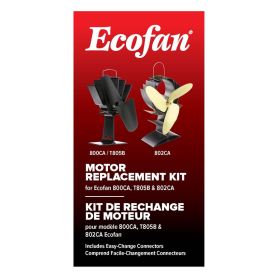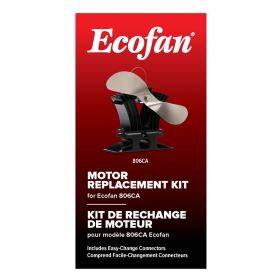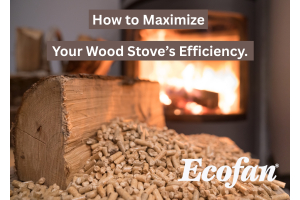Sustainable Living: Heat Circulation Without Electricity
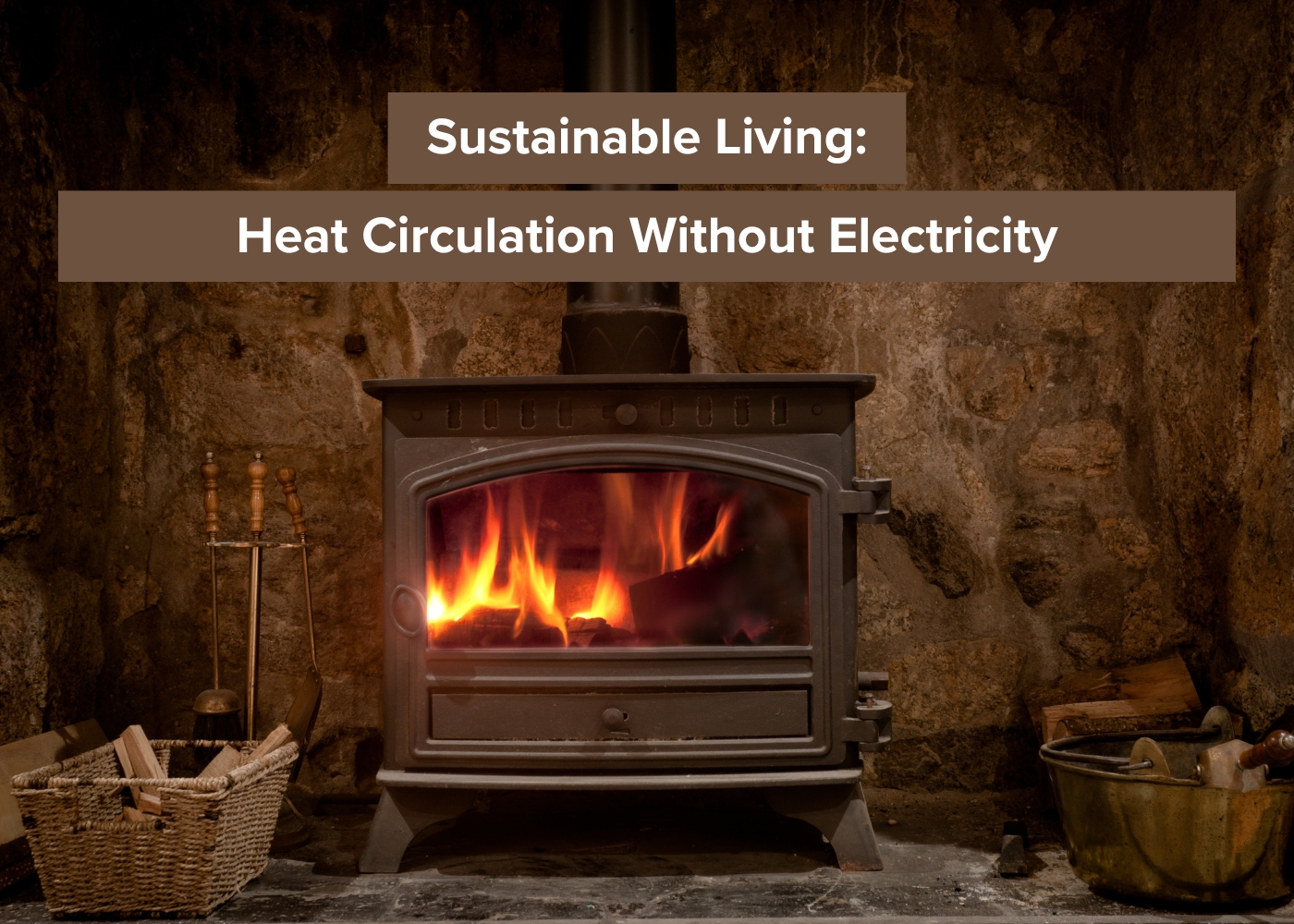
As we embrace more eco-conscious lifestyles, finding ways to heat our homes efficiently—without increasing our carbon footprint or our electricity bill—has never been more important. Traditional space heaters and fans consume precious energy, contributing to higher utility costs and environmental impact. But what if you could circulate warmth through your home without drawing on your electrical grid at all?
Enter the Ecofan: a revolutionary heat-powered stove fan that transforms the very heat from your wood, gas or pellet stove into clean, silent airflow—no batteries, no cords, no extra energy required. In this post, we’ll explore the science behind heat-powered circulation, the benefits of passive heat distribution, and practical tips for integrating the Ecofan into your sustainable living routine.
The Challenge of Heating Efficiently
Many households rely on wood-burning stoves for warmth in colder months. While these stoves generate intense radiant heat, that warmth often stays clustered near the stove, leaving distant corners chilly and prompting homeowners to supplement with electric heaters or fans.
- Uneven warmth leads to discomfort and the temptation to turn on backup electric heaters.
- Heat loss through drafts and poor circulation forces stoves to burn more fuel (and more wood cutting and processing).
- Electric fans and heaters add to utility bills and increase reliance on fossil-fuel–generated electricity.
For a truly sustainable solution, we need a way to harness the stove’s own heat and distribute it naturally—without drawing power from the grid.
How Ecofan Works
The Ecofan leverages the Seebeck effect (thermoelectric generation) to produce electricity from the temperature differential between the stove’s hot surface and the cooler air above it:
- Heat Absorption: The base of the fan sits directly on top of your stove, where it absorbs heat.
- Thermoelectric Module: Inside, a solid-state thermoelectric device converts heat into small amounts of electricity.
- Fan Operation: That electricity powers ultra-efficient, low-voltage motors to spin fan blades.
- Circulation: The fins on top of the Ecofan draws cooler air to prevent overheating, as the blade spins and pushes the warm air out into the room—creating a natural convection cycle.
No batteries. No plugs. No noise. The hotter your stove gets, the faster the Ecofan runs—automatically matching its output to your heating needs. Be sure to consult your owner's manual to find the optimal operating temperatures for your specific Ecofan model. Most Ecofans have a max temperature that if exceeded, may damage your thermoelectric module which will void your warranty.
Benefits of Heat-Powered Circulation
1. Enhanced Comfort
- Even Room Temperature: By spreading warmth evenly, you eliminate cold spots and create a cozy atmosphere throughout your living space.
- Faster Warm-Up: Rooms reach a comfortable temperature more quickly, reducing the need for continuous stove adjustments.
2. Energy and Cost Savings
- Fuel Efficiency: Better circulation means your stove burns less wood to maintain the same comfort level—saving on fuel and time spent chopping or buying wood.
- Zero Electricity Draw: The Ecofan itself consumes no external power, so your heating stays entirely off-grid.
3. Eco-Friendly Living
- Reduced Emissions: Burning less wood and avoiding electric backup heaters lowers carbon emissions associated with home heating.
- Passive Operation: With no batteries to replace, the Ecofan lasts for years with minimal maintenance. Ecofan's motor has a lifespan of about ~5,000 hours and may need replacing periodically. Be sure to contact Customer Service if your Ecofan is still under warranty. Motor Kits are available for purchase on our website and through Amazon.
4. Simple, Silent Design
- Quiet Comfort: Unlike noisy electric fans, the Ecofan operates whisper-quiet.
- Plug-and-Play: Just place it on a flat stove surface—no installation or wiring required.
Tips for Integrating Ecofan into Your Home
- Position Carefully: Place the Ecofan toward the front edge of your stove for optimal airflow into the room.
- Maintain a Clear Zone: Keep the area around the stove clear for safety and unobstructed air circulation.
- Pair with Good Insulation: Combine the Ecofan’s circulation with draft proofing and proper insulation for maximum efficiency.
- Monitor Stove Temperature: While the Ecofan is self-regulating, avoid running your stove at temperatures above the fan’s rating (typically around 700 °F/370 °C) to preserve its lifespan.
Embracing sustainable solutions doesn’t have to mean sacrificing comfort. With the Ecofan, you can transform your wood-burning stove into a true eco-living powerhouse—circulating heat naturally, cutting down on fuel and electricity use, and creating a more balanced, cozy home environment.
Ready to take the next step toward energy-smart warmth? Discover Ecofan today and experience the simple, sustainable way to circulate heat without external electricity.


